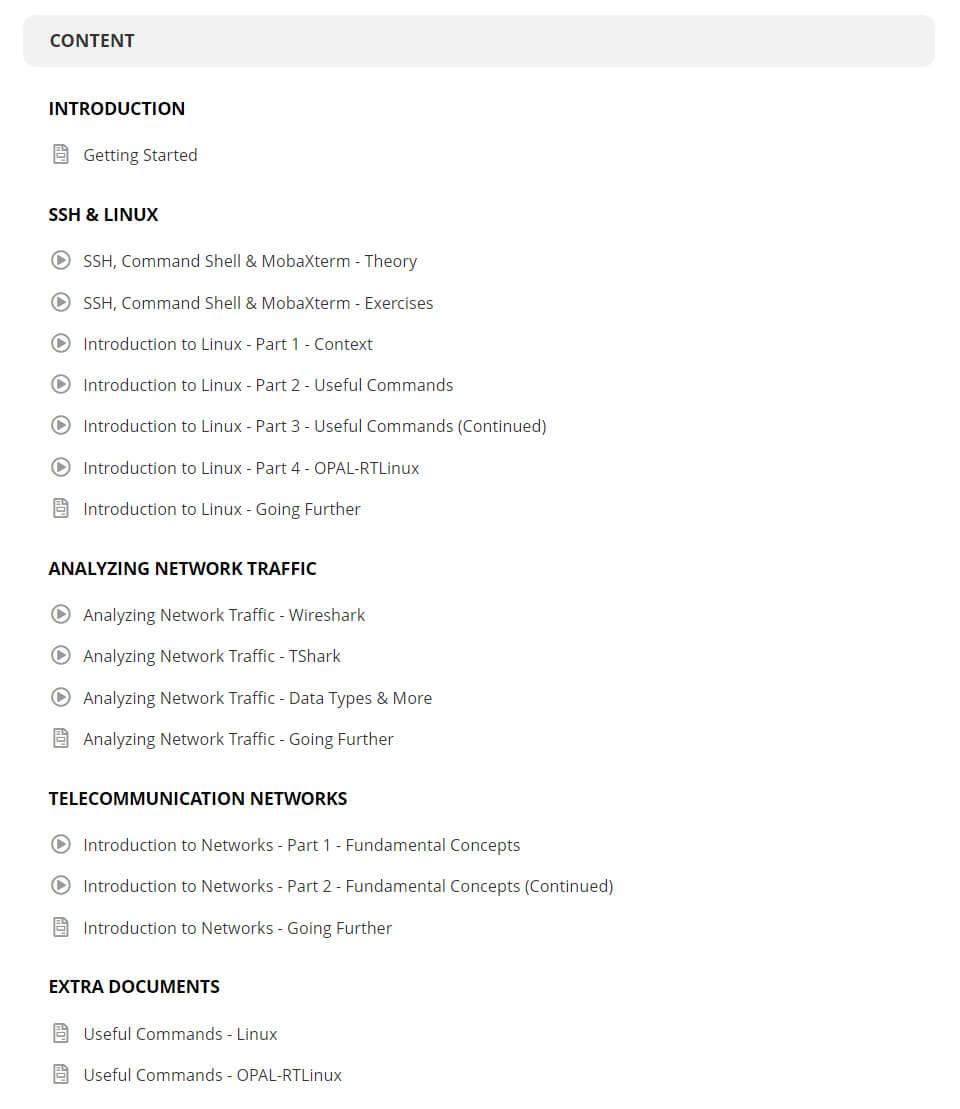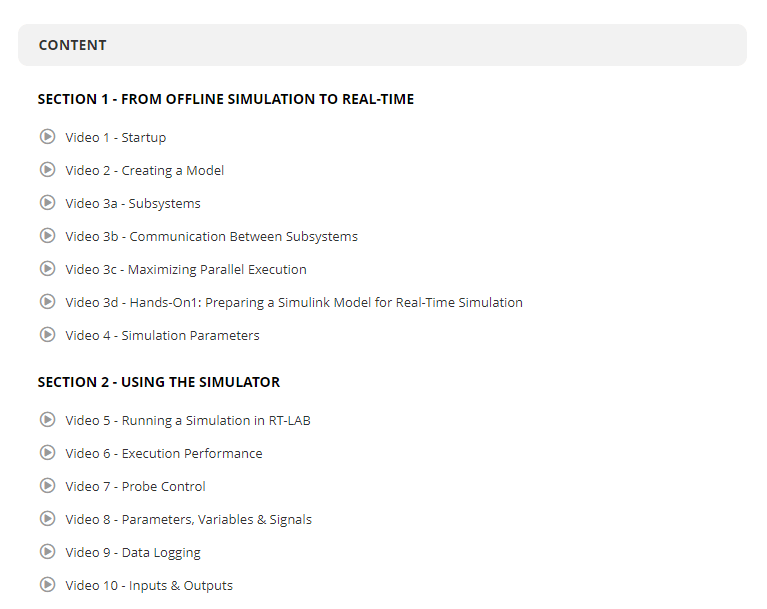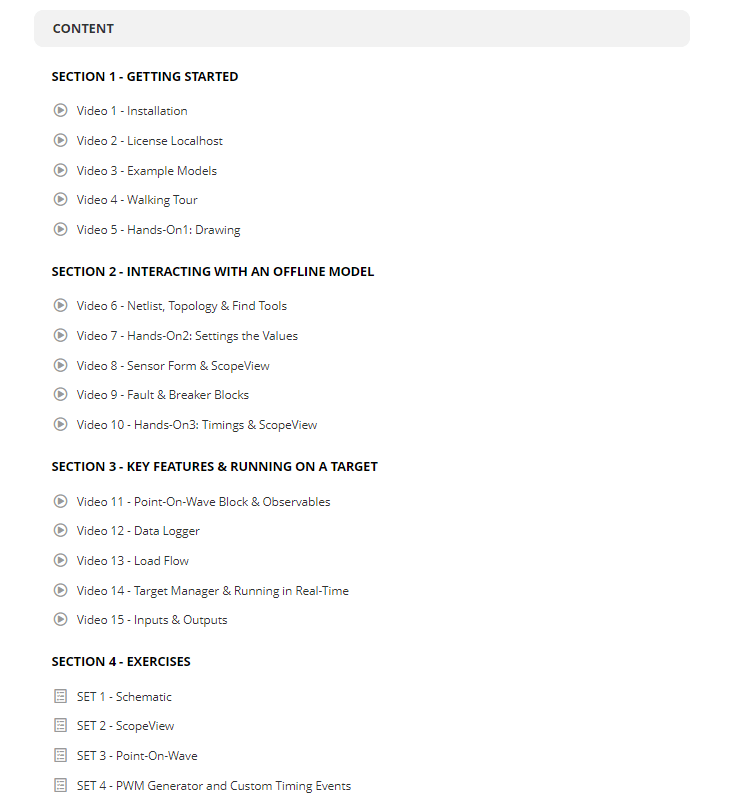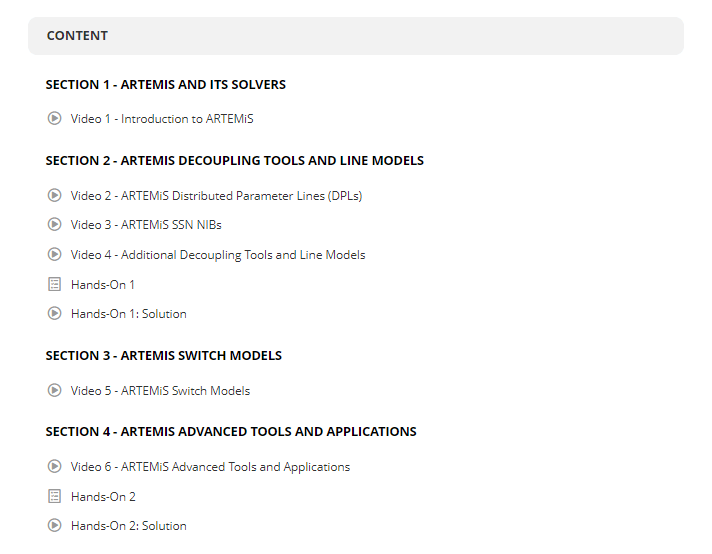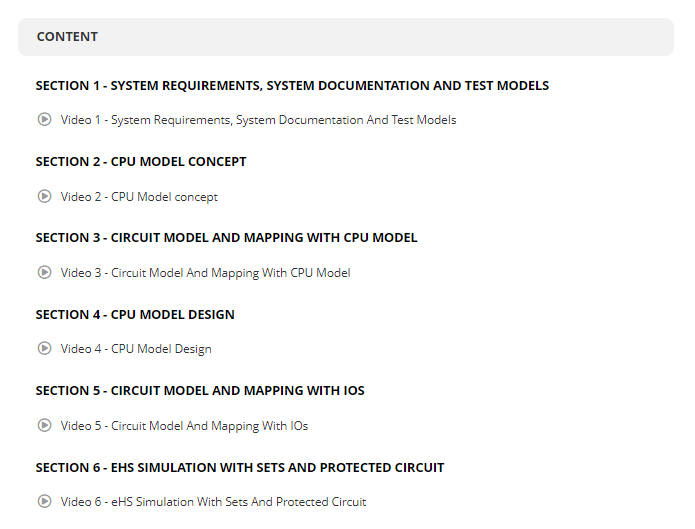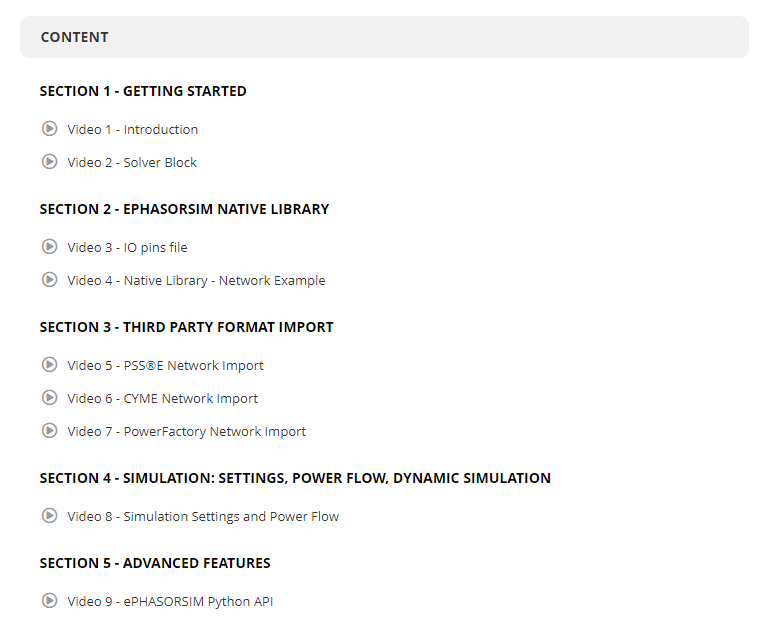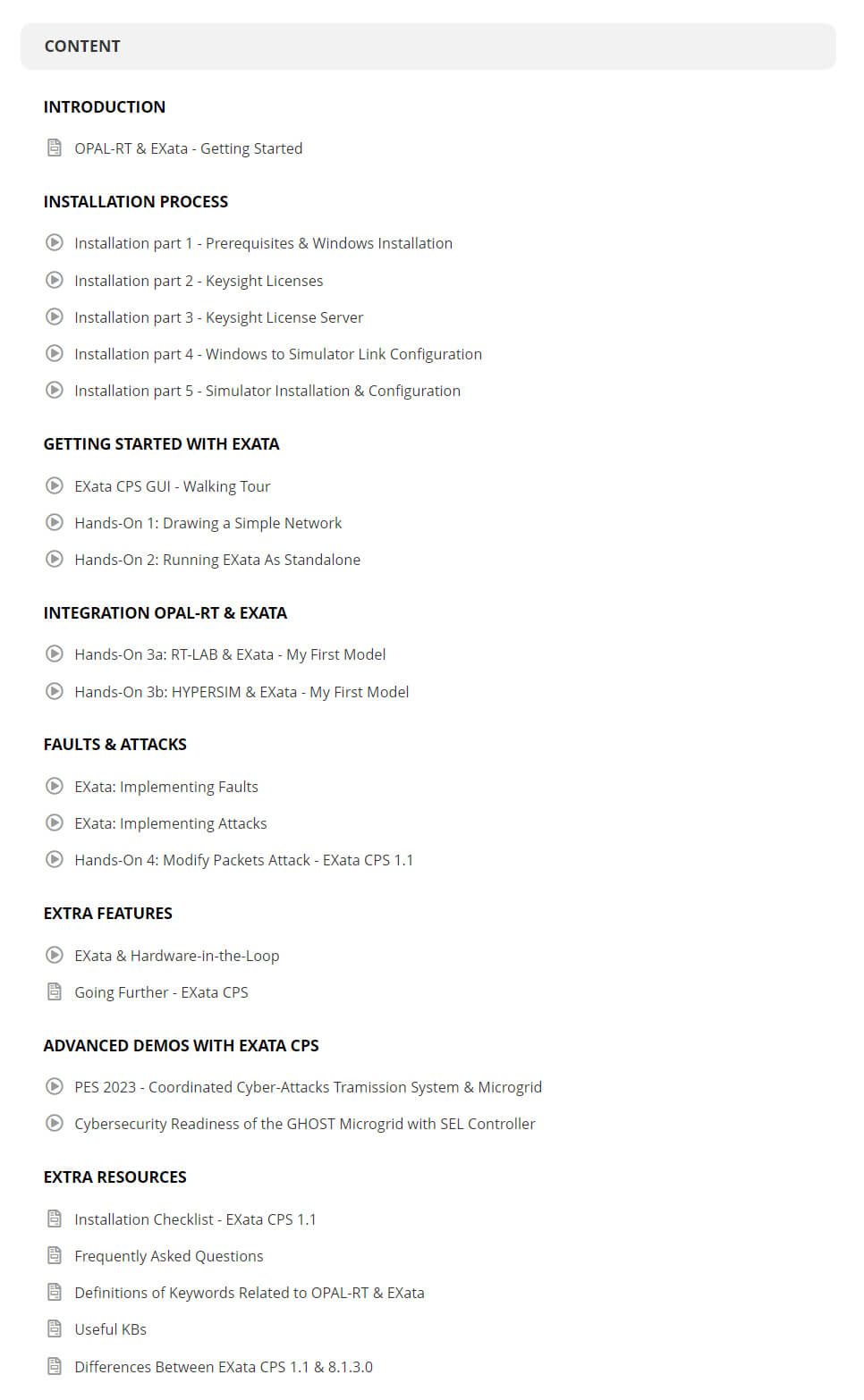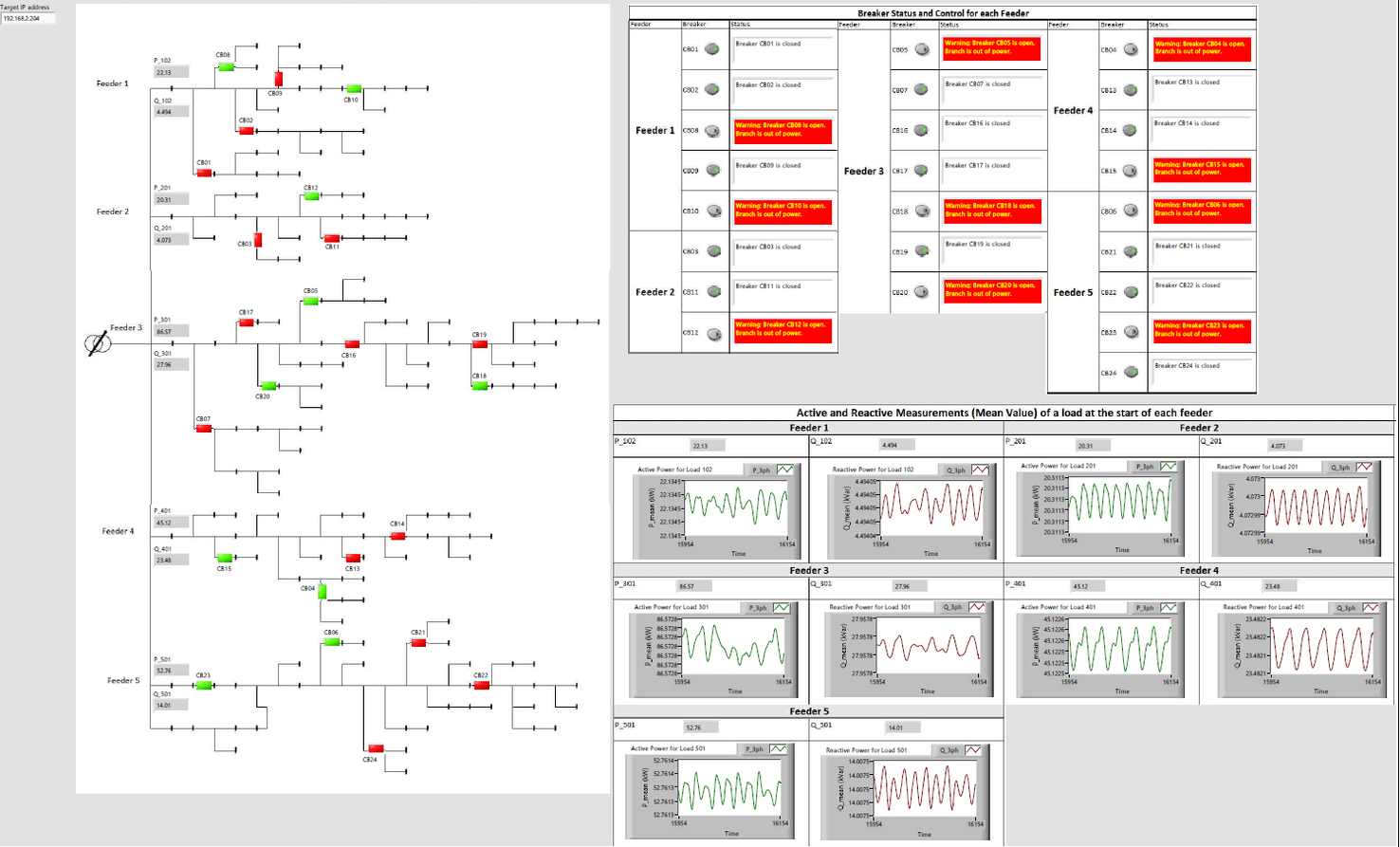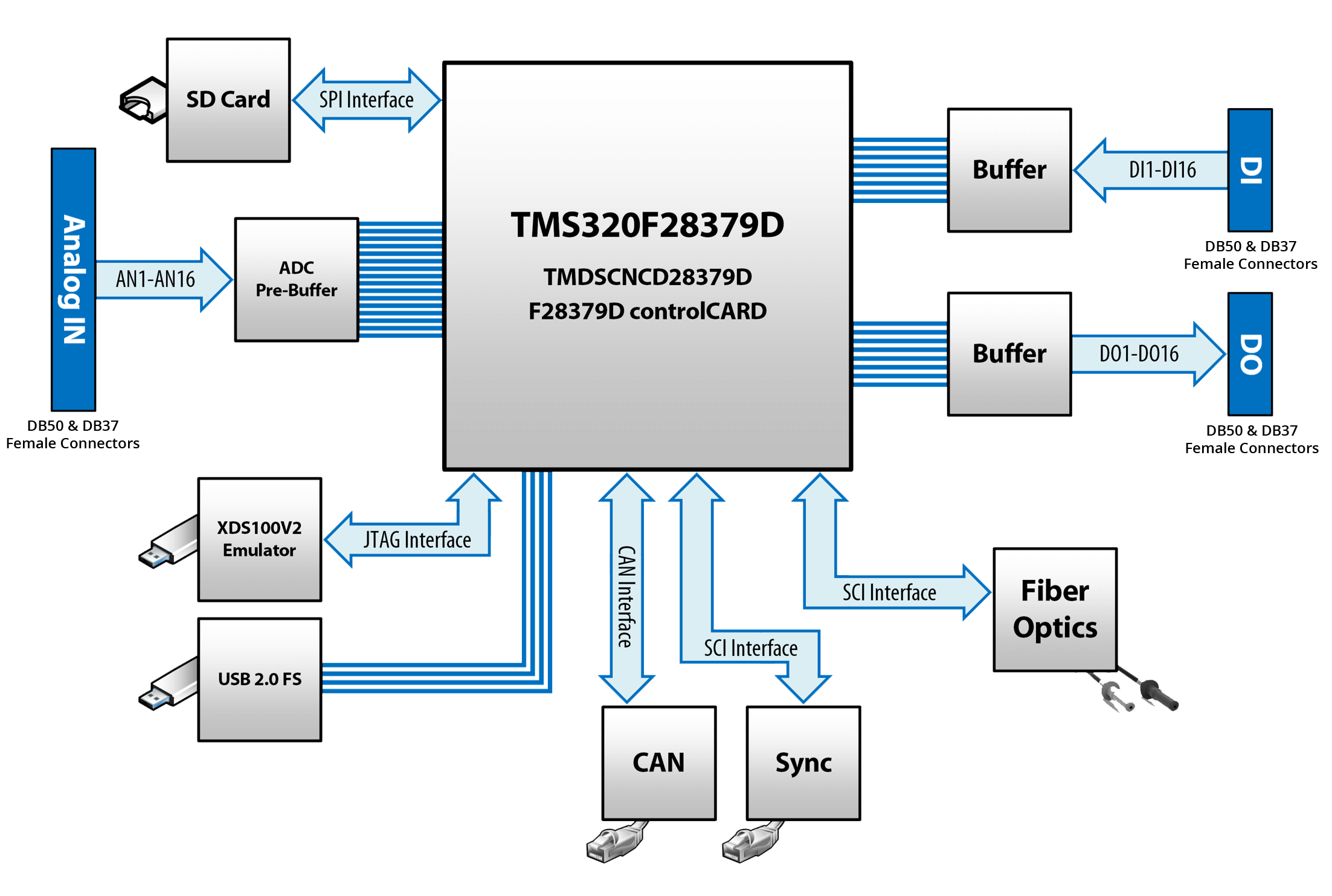Product News
June 11, 2025
7 Essential Types of Inverter-Based Resources for Precise Grid Simulation

You can almost feel the grid breathe when a new inverter syncs perfectly on its first try. Utility engineers, test‑lab directors, and OEM control teams share that moment of relief, especially when the validation happened months earlier on a high‑fidelity simulator instead of a live feeder. Real‑time simulation now sits at the center of safe renewable integration, and understanding the types of inverter-based resources is the first step toward dependable models, faster approval cycles, and confident rollouts.
“Real‑time EMT platforms shorten analysis cycles and catch control bugs that offline RMS tools miss.”

Understanding Inverter-Based Resources in Grid Simulation
Power‑electronic converters have replaced rotating machines as the primary interface between renewable generation and the bulk power system. Each converter topology reflects a unique control philosophy, grid‑support function, and fault response. When you classify these assets, you sharpen model selection, validation strategy, and performance metrics. Highlighting the main types of inverter-based resources also guides hardware‑in‑the‑loop (HIL) engineers toward the right FPGA targets, network solvers, and protection settings.
7 Types of Inverter-Based Resources Used in Grid Simulation
1. Grid‑Following Solar PV Inverters
These units lock onto grid voltage and inject current in phase with the existing waveform. Phase‑locked loop (PLL) tuning dictates ride‑through behavior, while outer controllers shape active and reactive power. Real‑time studies focus on low‑voltage ride‑through, harmonic interaction, and fault‑induced delayed voltage recovery. Engineers often combine solar PV inverter efficiency curves with irradiance profiles to test annual energy yield under grid‑following control.
2. Grid‑Forming Solar PV Inverters
Grid‑forming inverters establish voltage and frequency references instead of chasing them. Virtual synchronous machine (VSM) or droop algorithms govern these references, offering synthetic inertia and fast frequency support during disturbances. Simulation captures the device’s transient performance against fault currents, black‑start sequences, and power‑sharing logic. Modelers must balance inner current regulation with outer energy‑storage constraints to keep battery stress minimal.
3. Central Inverter Configurations for Utility-Scale PV Systems
A central inverter aggregates multiple DC strings before interfacing with the medium‑voltage bus. High apparent power ratings simplify interconnection studies, yet long DC leads create fault‑detection challenges. EMT models evaluate commutation overshoot and transformer inrush, while system planners examine tap‑changer coordination. HIL testers routinely adjust solar PV inverter test scripts to emulate asymmetric faults on each phase leg.
4. String Inverter Units for Distributed Solar Modeling
String inverters attach directly to roof‑top or community solar panels, offering granular maximum power point tracking (MPPT). Their numerical density creates aggregate harmonic effects that differ from a single large unit. Simulation campaigns use Monte Carlo layouts to capture statistical voltage rise across feeders. Efficiency curves, part‑load control, and Simulink solar PV inverter blocks assist with fleet‑level hosting‑capacity studies.
5. Modular Multilevel Converters in Wind Power Applications
A modular multilevel converter (MMC) stacks sub‑modules for flexible voltage and current control, making it ideal for high‑capacity offshore links. Detailed EMT‑level switching is required to assess sub‑module capacitor balancing and common‑mode voltage. The converter’s circulating current controller, often coded in C or Structured Text, plugs directly into OPAL‑RT’s Blackbox Interface for IP‑secure HIL tests.
6. Doubly‑Fed Induction Generator (DFIG) Wind Turbine Converters
DFIG turbines use partial‑scale back‑to‑back converters on the rotor circuit. This layout minimizes semiconductor cost but tightens protection margins against voltage dips. These models examine crowbar triggers, converter ride‑through, and wind turbine converter control set‑points. Engineers also integrate gearbox torsional data to anticipate subsynchronous oscillation.
7. Full‑Scale Converter‑Based Wind Turbine Systems
Permanent‑magnet generators paired with full‑scale converters isolate the electrical machine from grid faults entirely. The converter manages voltage, frequency, and reactive power over the full speed range, supporting inertial response and grid‑forming modes. Simulation highlights switching losses, predictive current control, and fault current limits. Accurate wind turbine converter efficiency maps help planners estimate life‑cycle costs and reactive support budgets.
The Role of Solar and Wind Inverter Testing in Model Accuracy
Lab results lose value when the underlying model omits gating delays, sensor latency, or thermal de‑rating. Solar PV inverter testing validates parameter sets against hardware waveforms, while a final solar PV inverter test confirms firmware updates before field deployment. For wind assets, wind turbine converter control assessment demands millisecond‑level visibility into rotor flux and pitch‑system interaction. Real‑time EMT platforms shorten analysis cycles and catch control bugs that offline RMS tools miss.
How Simulink and Efficiency Metrics Support Inverter Validation
Model‑Based Design with Simulink
MATLAB/Simulink remains the default canvas for control development. Engineers drag‑and‑drop gate drivers, PLL blocks, and fault logic, then auto‑generate C code for RT‑LAB. This workflow cuts integration time and preserves naming conventions across teams. A single parameter file can shift the same Simulink solar PV inverter model from grid‑following to grid‑forming studies without rewriting equations.
- Model import: Drag the .slx file into RT‑LAB
- Solver selection: Choose fixed‑step for FPGA co‑simulation
- Code generation: Press Build to deploy on OPAL‑RT hardware
Capturing Solar PV Inverter Efficiency
Real‑time loss maps track conduction, switching, and auxiliary power across irradiance levels. Careful solar PV inverter efficiency modeling predicts junction temperature, informing heat‑sink design and maintenance schedules. During HIL, look‑up tables update on the fly, providing realistic thermal limits for anti‑islanding and power‑factor functions.
Quantifying Wind Turbine Converter Efficiency
Aero‑elastic loads and converter PWM produce thermal stress on IGBTs. Wind turbine converter efficiency metrics tie these stresses to operating points, revealing curtailment thresholds that protect assets without sacrificing revenue. Real‑time back‑to‑back converter emulation on MMC‑ready OPAL‑RT platforms validates these thresholds against fault‑ride‑through mandates.
How OPAL‑RT Supports Inverter-Based Resource Simulation With Real‑Time Confidence
OPAL‑RT removes guesswork from high‑stakes grid studies. The Blackbox Interface runs OEM control binaries unchanged, protecting proprietary algorithms while exposing every state variable you need for compliance reports. CPU–FPGA co‑simulation executes EMT solvers at microsecond time steps, so solar and wind converters respond exactly as hardware does. Open APIs align your existing model libraries with real‑time targets, reducing validation costs and shortening interconnection review cycles. Global service teams stand behind each platform with expertise grounded in thousands of power‑electronics projects, giving you the assurance that every gating signal, PLL transient, and ride‑through event is reproduced with precision.
Engineers and innovators around the planet are turning to real‑time simulation to accelerate development, reduce risk, and push the boundaries of what is possible. At OPAL‑RT, we bring decades of expertise and a passion for innovation to deliver the most open, scalable, and high‑performance simulation solutions in the industry. From hardware‑in‑the‑loop testing to AI‑enabled cloud simulation, our platforms empower you to design, test, and validate with confidence.
“The Blackbox Interface runs OEM control binaries unchanged, protecting proprietary algorithms while exposing every state variable you need for compliance reports.”
Common Questions About Inverter-Based Resource Grid Simulation
What are the main types of inverter-based resources used in grid studies? Seven common categories include grid‑following and grid‑forming solar inverters, central and string topologies, modular multilevel converters, doubly‑fed induction generator converters, and full‑scale turbine converters. Each category matches specific control goals and grid‑support functions. How does solar PV inverter testing improve simulation accuracy? Lab‑grade test benches compare controller output, thermal limits, and harmonic signatures against real‑time models, ensuring parameter sets reflect true hardware limits before field deployment. Which metrics define solar PV inverter efficiency during simulation?Toggle Title Key indicators include DC‑to‑AC conversion efficiency, partial‑load loss maps, and auxiliary consumption; these metrics guide curtailment policies and thermal design. Why use Simulink solar PV inverter models on OPAL‑RT platforms? Direct import from Simulink to RT‑LAB keeps model hierarchies intact, supports auto‑generated C code, and ensures microsecond‑level timing for control loops without manual re‑coding. How does the wind turbine converter control affect grid‑forming functions? Converter firmware determines synthetic inertia, reactive power support, and fault‑current limits; accurate control models keep frequency response within standard thresholds and protect mechanical components.



